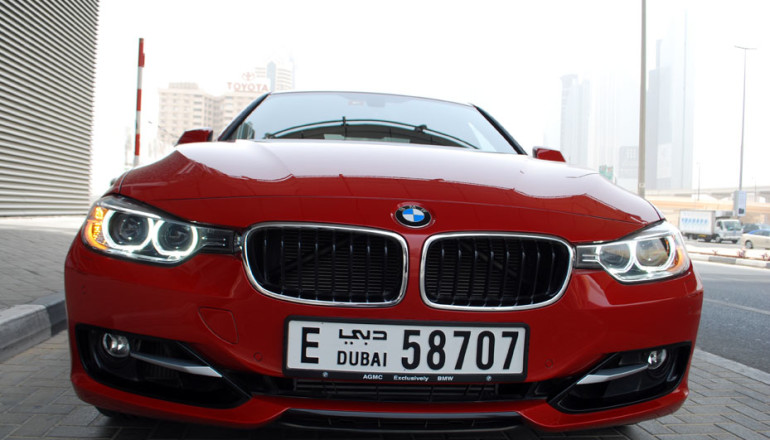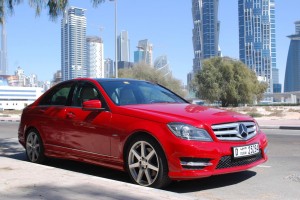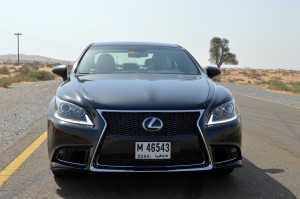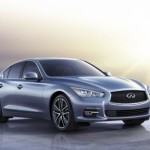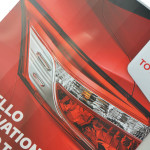So, the sedans of Infiniti will now be called Q and the SUVs will bear the tag QX. Simple enough for those who aren’t the brightest in taxonomy and still believe that Homo sapiens is a gay rights group in Europe. But, are things as simple as they seem or has Infiniti oversimplified things at the expense of clarity itself? Let us look at naming strategies of a few premium brands.
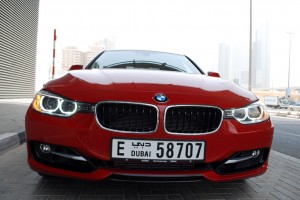
The BMW has 3, 5 and 7 for its more traditional offerings while the even numbers are reserved for a more unconventional sporty disposition.
BMW chooses to add the engine size to define the subtle superiority within the series itself, often marked by a not so subtle price difference. So, a 750 Li would refer to a flagship luxury sedan fitted with a 5.0 L engine and a longer wheelbase. BMW leaves the even numbers for the sportier offerings such as the 6 series Gran Coupe or the latest addition, the 4 series coupe. Mercedes has an even simpler if relatively similar strategy in calling a spade a spade. The C-class, the E-class, the S-class, the G-class, the ML-class and so on marked by the engine size again, and adding the AMG tag where its sports tuning partner gets involved. So we have the C63 AMG or the E350 or the S500.
Audi, on the other hand chooses to tag its sedans with the letter A and a number that places the car right in terms of size and prestige value. It has already filled almost all the slots from A1 to A8. Tags that begin with an S mark the sport-tuned versions of the original sedans. From the last introduced Q3 to its seven-seater Q7, Audi suggests to leave no space vacant with a proposed Q1 in the offing. The fact that they don’t complicate choice with too many engine options in a category justifies their distancing from defining the engine size in the name.
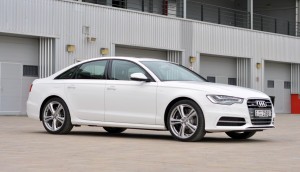
Coincidentally, Audi also has chosen the letter ‘Q’ to nametag its SUV range, with a single digit odd number differentiating its hierarchical eminence
The Jag also chooses to keep the category and engine size distinctly placed at two ends of the boot and sometimes don’t even bother to display the subtle differences. This is despite the brand being one to offer an almost confusing array of engine and fine tuning options. The Lexus on the contrary, announces the preeminence of the sub-brand with tags like ES 350, ES 250 and an addition of h to suggest a hybrid model, like the LS460 h. No rocket science there as well.
Decoding Infiniti’s strategy
There is a sort of logic that all automakers follow, which wouldn’t drown their naming department in creative reveries each time a new model is launched. Infiniti has chosen one based on the two large genres of passenger vehicles rather than a specific approach. Q stands for everything with its centre of gravity closer to the ground – sedans, coupes and convertibles; while QX marks the vehicles that are termed SUVs or Crossovers. Interestingly, X has traditionally represented the four-wheel drive differential in vehicle algorithms.
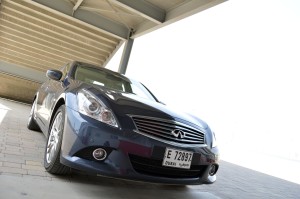
The G used to be defined by me as Gravitation (defying) while the 37 was clearly standing for a 3.7 L engine!
The good thing about Infiniti’s naming strategy is its stark divide and the resultant simplicity. The choice of Q and X also is quite a natural one, capitalizing on already established positive associations with those two letters in the automotive world, which doesn’t run the risk of ambiguity or of being too specific in their suggestion. The number game that follows has its plus and minus. While the double-digit suffix has left more space for filling the gaps unlike the Germans, it could initially send people chasing the wrong end of the badge, with its lack of any apparent logic. That is, until people realize that QX70 doesn’t have a 7.0 L engine and the name is a place on Infiniti’s grand scale of things to come.
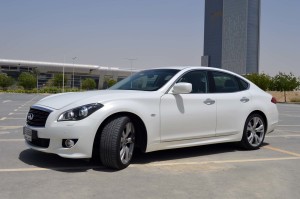
The new strategy replaces power for heritage - how it is understood in terms of nuances is a matter of time than engine size!
The good thing is that distancing of engine specs from the name will, in a way, level the ground for Infiniti owners with a unifying brand pride rather than indulge their vanity with a “my hotpot is bigger than yours” sort of thing. It will suit those who argue choice of specs should remain a private preference and not contribute to any silly complex. Some might not agree. Either way, it’s a name after all and people learn to live with it in the long run, whatever it is.
Analysis & Pictures: DrivemE

